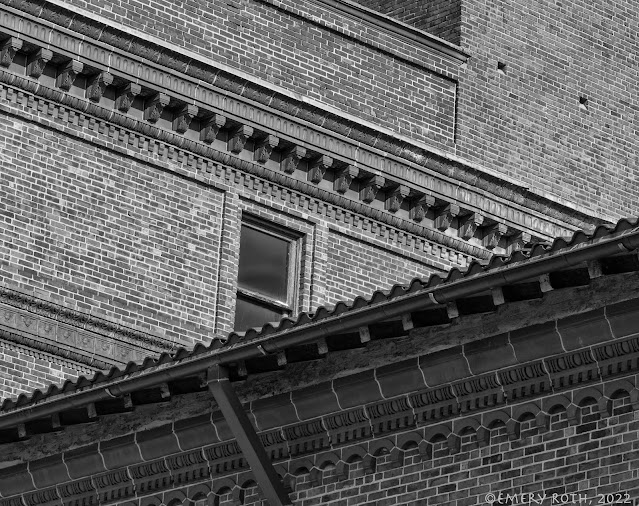The architects of Charles Benedict’s hilltop fantasy cottage were Palliser & Palliser, champions of Queen Anne or “Stick Style” architecture. The house sits proudly atop an expansive lawn positioned to ensure that nothing encroaches on its commanding prospect over Waterbury.
Benedict-Miller was designed to be a showpiece for its owners, so it was also a showpiece for promoting Stick Style and shaping American Stick Style dreams and fantasies as can be seen among houses on the grid of streets below and and in prosperous neighborhoods beyond. Queen Anne Stick Style as its accumulation of names reveals sought to look at once casual, rustic and graciously aristocratic.
In addition to designing mansions for the wealthy, Palliser & Palliser sought to bring Queen Anne Style to democratic America by publishing "pattern books” so those who owned no brass mills might have a peak and a tower, properly spread with timbers and a smorgasbord of brick and shingle patterns and rooms glittering with jeweled light through transoms of leaded glass.
.jpg)
.jpg)
.jpg)











